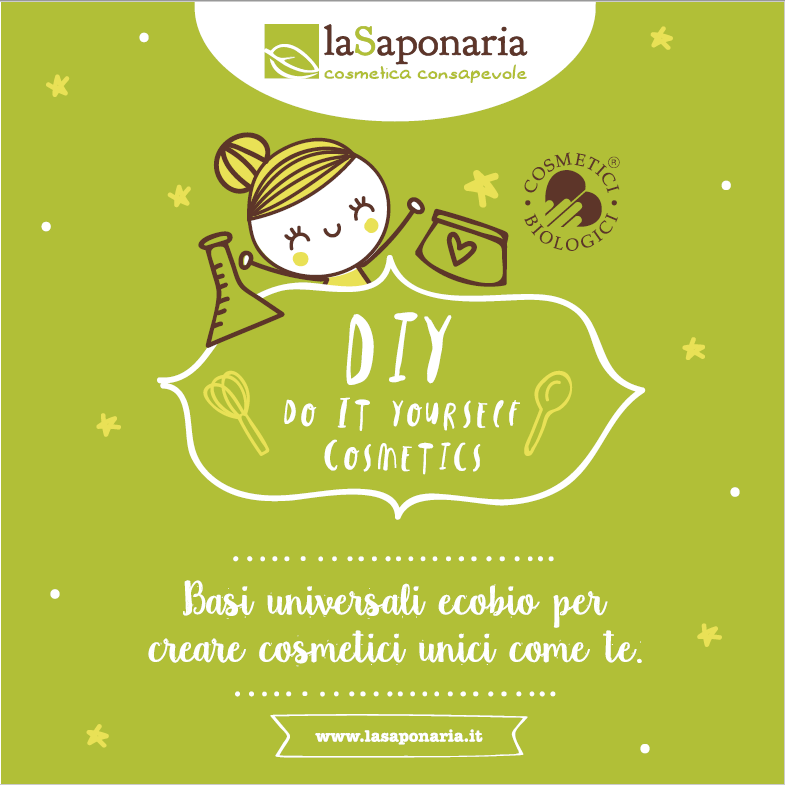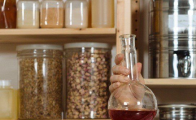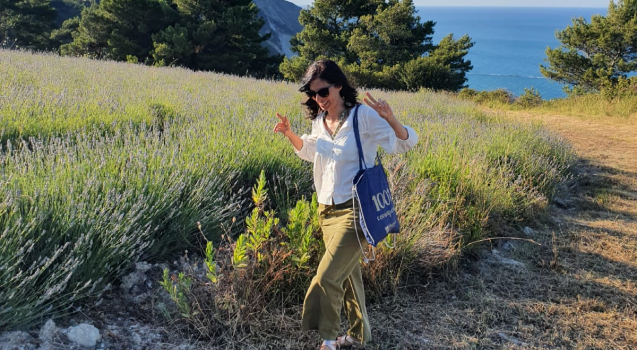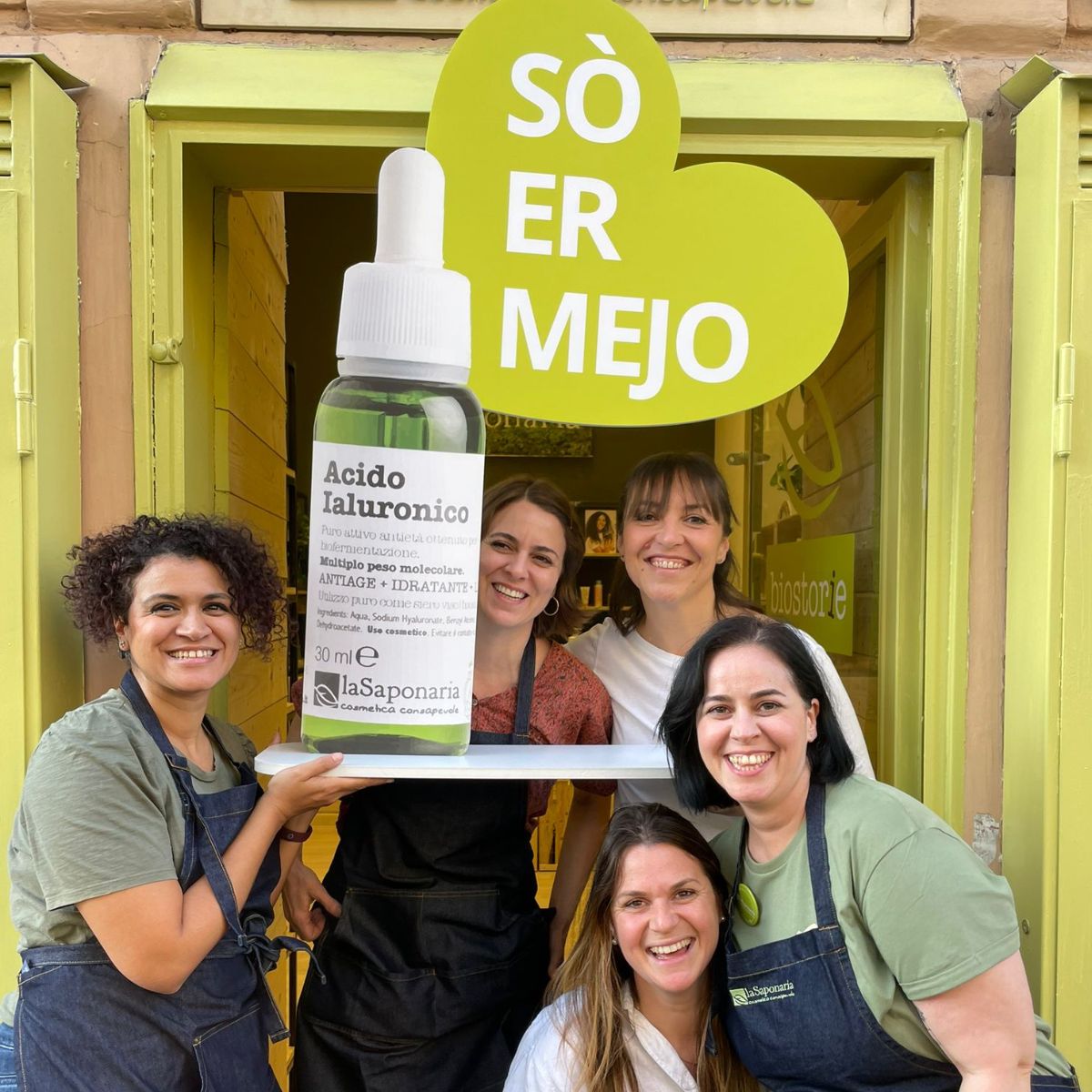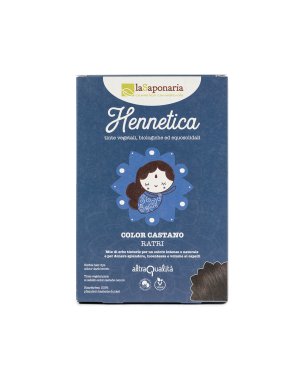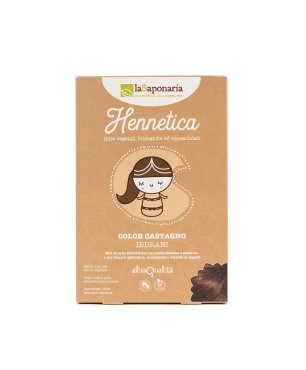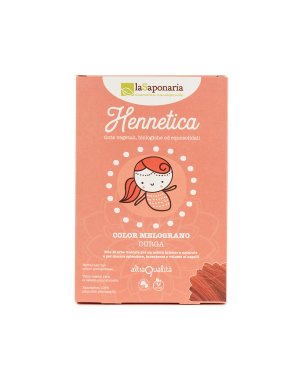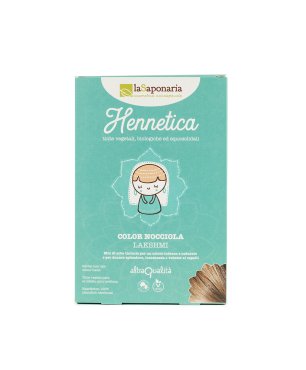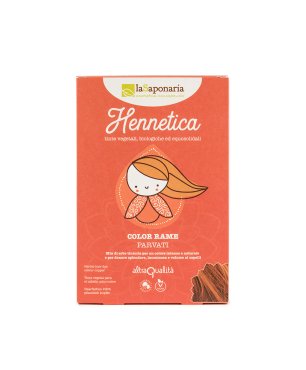- Call us! +390721 911004
- Write a message
- Whatsapp +39 377 3844777
- Become a reseller
- Test and E-book
- Location and contacts
-
MenuBack
-
Organic cosmetics
-
-
space
-
-
-
-
-
-
-
Discover your routine
-
-
Skin care
-
Hair care
-
Body Care
- Best sellers
- Routines
-
DIY
-
-
space
-
-
-
-
-
-
PRODUCTION TOOLS
-
-
DOWNLOAD THE RECIPES
-
-
-
Organic library
-
-
BEAUTYBLOG
-
-
-
GLOSSARY
-
-
-
DO-IT-YOURSELF RECIPES
-
-
-
TEST AND E-BOOK
-
-
About us
-
-
space
-
-
-
-
-
PHILOSOPHY
-
-
-
NATURAL COSMETICS
-
-
-
FLAGSHIP STORES
-
-
-
Sustainability
-
-
space
-
-
-
BENEFIT COMPANY
-
-
-
ETHICAL CHAIN
-
-
-
SUSTAINABLE PACKAGING
-
-
-
SUSTAINABILITY IN THE COMPANY
-
-
-
Supported projects
-
NOTICES AND AWARDS
-
-
-
Business Area
-
-
space
-
-
-
OPEN A FLAG SHIP STORE
-
-
-
BECOME A RESELLER
-
-
-
PRIVATE LABEL
-
ACCOMMODATION FACILITIES
-
-
-
RESELLERS LOGIN
-
-
-
Resellers
-
-
RESELLERS RESOURCES
-
-
-
OPEN A FLAGSHIP STORE
-
ACCOMMODATION FACILITIES
-
PROMOTIONAL MATERIAL
-
-
-
RESELLERS NEWS
-
REGISTER YOUR SHOP
-
-
-
BODY CARE LINE 2025
-
-
-
CHRISTMAS GIFT
-
-
- Store locator
Indigo

INCI NAME:
Indigofera Tinctoria Leaf Extract
ORIGIN:
Vegetal
FUNCTION:
Natural dye, sebum-rebalancing, antibacterial
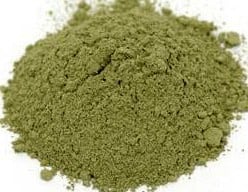
This is an automatic translation
Indigofera tinctoria
This dyeing plant originates in India and was later also cultivated in China and the Americas before becoming so widespread. It belongs to the legume family and is a perennial shrubby plant with spikes of purple to pink flowers. The ancient peoples of Asia used it to dye clothing as early as 2000 BC, as did the ancient Egyptians; a Babylonian tablet from the 7th century BC reports a recipe for dyeing wool with this plant. However, unlike Asian and African peoples, Europeans did not use indigo as a dye for fabrics but used it in cosmetics, as a medicine and to create coloring pigments for pictorial purposes. Initially in Europe, woad, Isais Tinctoria (the famous blue by Piero della Francesca), was used to dye blue, until Marco Polo brought the recipe for dyeing with Indigofera from the East. Indian indigo played an important role in the economy of India as this fundamental dyeing material, being in the best quality for hundreds of years, was exported all over the world. The real Indigo does not derive only from the plant but from a whole process of fermentation, maceration, oxidation and finally drying of the Indigofera leaves until the famous powder is reached. Indigo darkens the hair, dyeing it various shades of brown, all the way to true black with blue undertones. It also has discrete beneficial properties for the scalp and hair as it envelops the hair cuticles, closing them and repairing them from external aggressions, making the hair thicker and shinier even if, unlike Lawsonia, it does not bind to keratin scales, which is why it tends to Download faster than Lawsonia. It also has sebum-rebalancing and antibacterial properties.
The dyeing herbs we use for our products come from India, where they are grown thanks to the expert hands of small local farmers who obtain organic certification after a long training process. This guarantees small farmers a secure source of income and sustainable and ethical working conditions for people and the environment.







